12 Erosion-Fighting Plants That Thrive on Slopes
When dealing with slopes, erosion can become a significant concern, but the right plants can help prevent soil loss and keep your landscape intact. By choosing ground covers with dense root systems and spreading growth habits, you can naturally stabilize the soil, reduce runoff, and enhance the beauty of your garden. These plants not only serve an essential purpose in soil preservation but also add texture and color to sloped areas, making them a practical and attractive solution for erosion control.
This post may contain affiliate links, which helps keep this content free. Please read our disclosure for more info.
Creeping Jenny (Lysimachia nummularia)

Creeping Jenny is a low-growing ground cover known for its spreading growth habit. This plant forms dense mats of foliage that quickly cover the ground, making it an ideal choice for slopes prone to erosion. Its fibrous root system is effective in stabilizing soil by preventing it from washing away during heavy rain. Creeping Jenny thrives in a variety of soil types, from moist to slightly dry, and can tolerate both sunny and partially shaded areas, making it versatile for various slope conditions.
Besides its practical benefits, Creeping Jenny also offers visual appeal with its bright yellow-green leaves. The plant’s rapid growth ensures that slopes are covered quickly, providing an immediate solution to erosion control. It also serves as a natural weed barrier, further enhancing its ability to protect the soil from erosion while maintaining an attractive landscape.
Virginia Creeper (Parthenocissus quinquefolia)
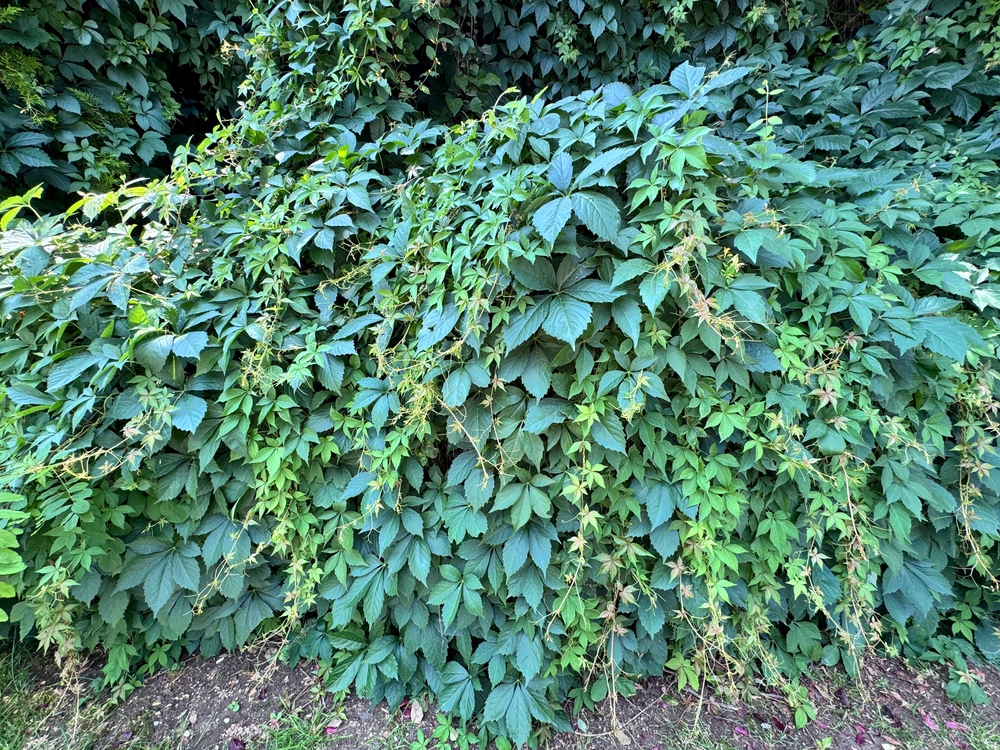
Virginia Creeper is a vigorous climbing vine that thrives on slopes, where its spreading growth and dense root system help hold the soil in place. Known for its fast growth, the plant quickly establishes a network of roots that intertwines with the soil, making it an effective natural barrier against erosion. The vine climbs using tendrils, which can also help it stabilize steep areas, preventing soil movement over time.
The plant is adaptable to various soil types and can tolerate both sun and shade. In addition to its erosion-control capabilities, Virginia Creeper offers aesthetic value with its lush green leaves that turn vibrant red in the fall. Its ability to thrive in different conditions, combined with its spreading nature, makes it a valuable plant for preventing soil erosion while enhancing the beauty of your landscape.
Creeping Thyme (Thymus serpyllum)
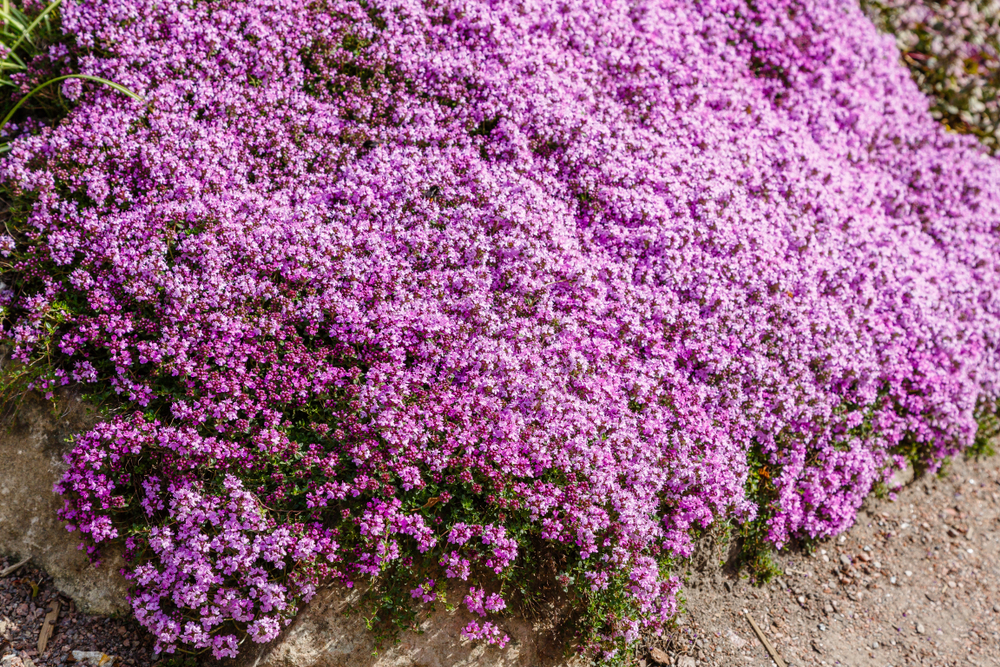
Creeping Thyme is a hardy ground cover that excels on slopes due to its dense root system and spreading growth habit. As a low-growing plant, it forms a thick mat that quickly covers the soil, making it an excellent option for erosion control. The roots of Creeping Thyme interlock with the soil, helping to stabilize it and reduce the risk of erosion caused by rainwater runoff.
In addition to its erosion-fighting qualities, Creeping Thyme is also drought-tolerant and thrives in poor soil conditions, making it an ideal plant for low-maintenance slopes. Its tiny, aromatic flowers attract pollinators like bees and butterflies, adding ecological benefits. Creeping Thyme’s hardiness, coupled with its spreading growth, makes it a reliable solution for both preventing erosion and adding a touch of beauty to your landscape.
Blue Fescue (Festuca glauca)
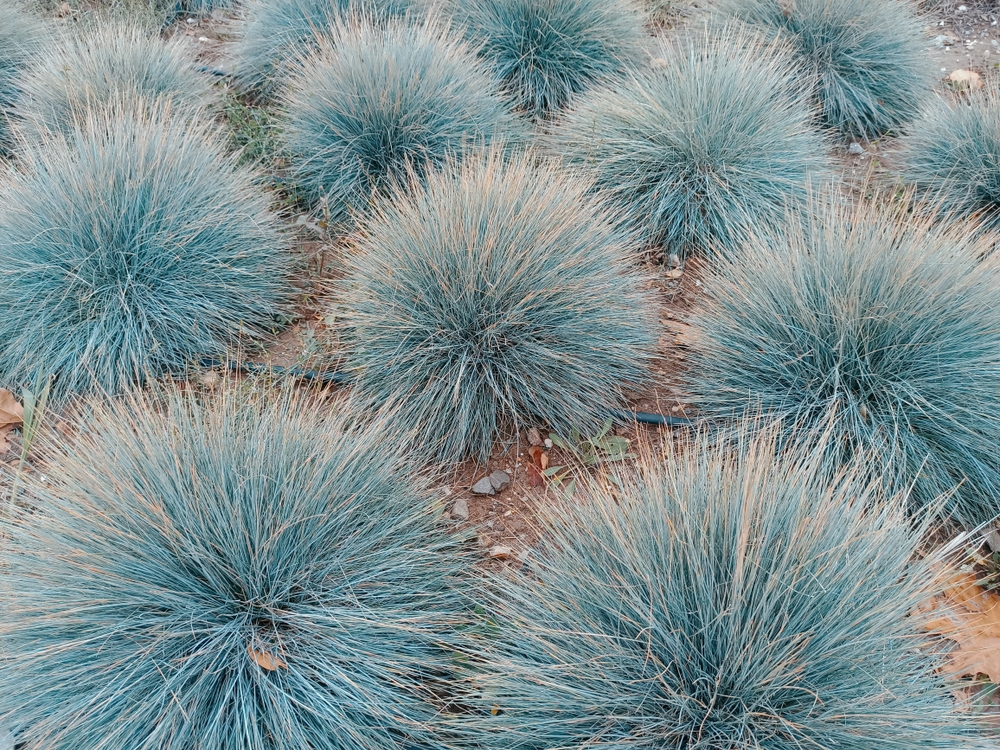
Blue Fescue is a compact grass with a dense root system that makes it perfect for preventing erosion on slopes. Its fibrous roots penetrate deep into the soil, anchoring the plant in place and holding the soil together even in dry or windy conditions. Blue Fescue is particularly effective on slopes that are prone to erosion because its clump-forming habit ensures that the soil remains tightly bound.
This grass is also drought-resistant and thrives in areas with poor or rocky soil, which makes it a perfect option for slopes with challenging growing conditions. The plant’s striking blue-gray foliage adds a pop of color to the landscape while helping to maintain soil integrity. Blue Fescue’s low-maintenance requirements and ability to withstand harsh conditions make it a reliable choice for long-term erosion control.
Sedum (Sedum spp.)
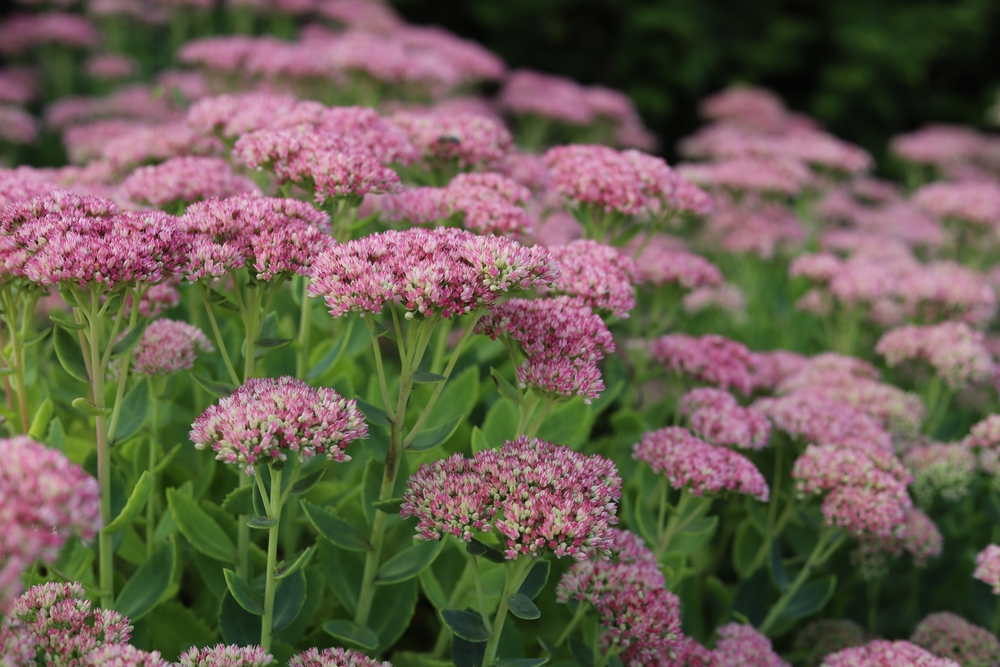
Sedum, or “stonecrop,” is a succulent plant that is well-suited to growing on slopes due to its ability to thrive in dry, rocky soils. Its deep, sprawling root system helps to anchor the soil, preventing it from washing away during heavy rainfall. Sedum is also drought-tolerant, making it perfect for slopes that do not receive regular irrigation. Its fleshy leaves store water, allowing the plant to survive in harsh, dry conditions where other plants might struggle.
Sedum’s ability to spread quickly and form dense mats further aids in erosion prevention. The plant’s low-growing nature ensures that it covers the soil evenly, reducing water runoff and enhancing soil stability. In addition to its erosion-control capabilities, Sedum produces small, star-shaped flowers that attract pollinators like bees and butterflies, adding both practical and aesthetic value to sloped areas.
Creeping Juniper (Juniperus horizontalis)
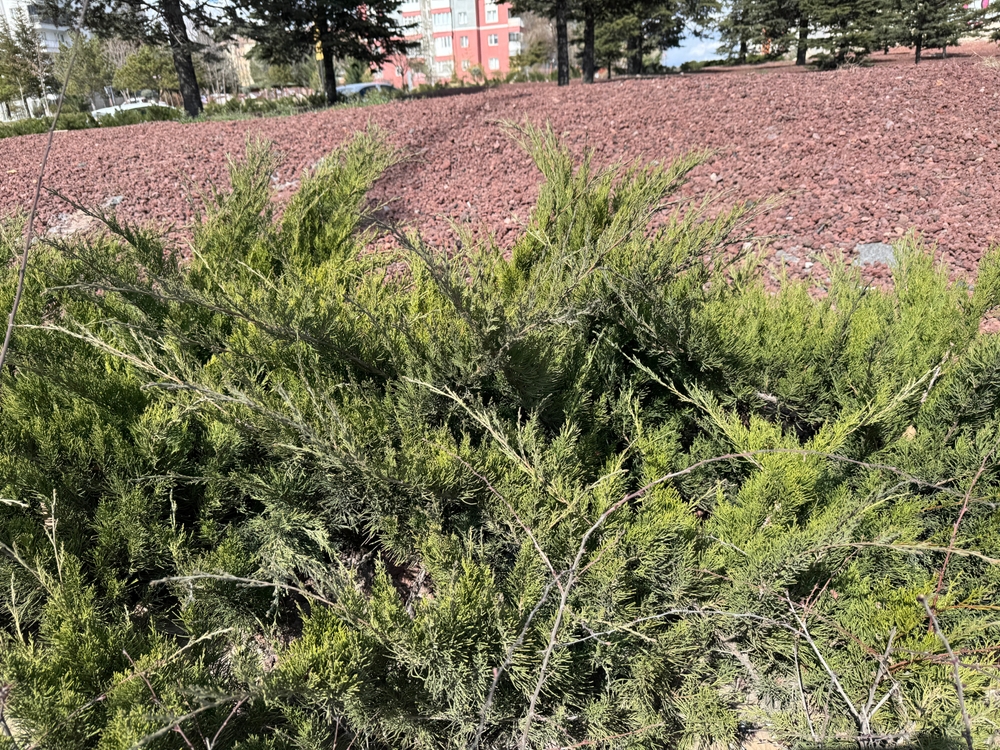
Creeping Juniper is a hardy evergreen that thrives on slopes and is highly effective in preventing erosion. With its sprawling growth habit, Creeping Juniper spreads quickly and forms dense mats of foliage, which help bind the soil and prevent it from washing away during storms. Its deep root system further stabilizes the soil, making it a reliable option for erosion control, especially on dry or rocky slopes where other plants may not survive.
In addition to its erosion-fighting properties, Creeping Juniper adds year-round greenery to the landscape. The plant is low-maintenance and can withstand a variety of soil conditions, including poor, sandy, and rocky soils. Creeping Juniper’s tough nature and dense coverage make it an ideal choice for stabilizing slopes and providing visual appeal in challenging environments.
Buffalograss (Bouteloua dactyloides)
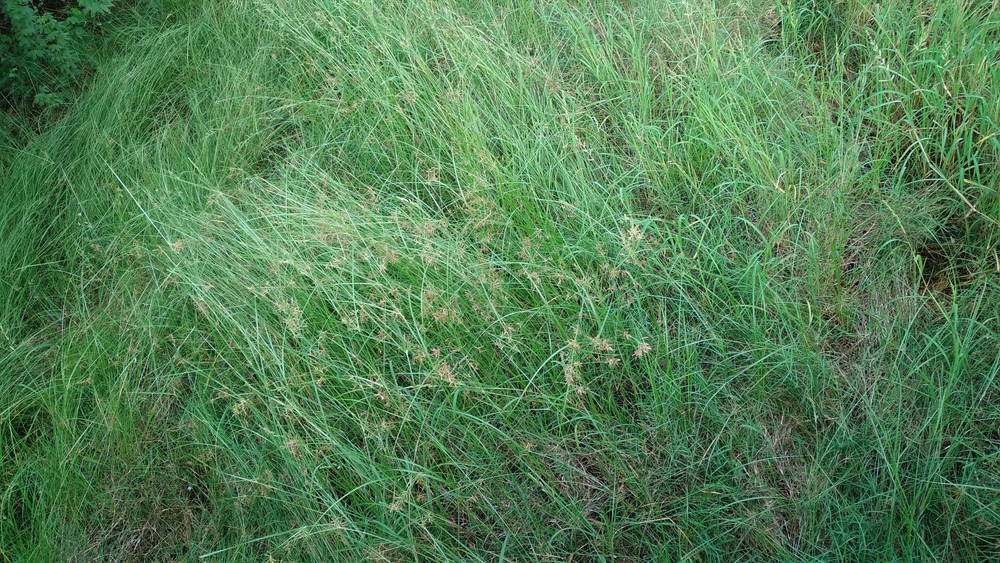
Buffalograss is a native grass that grows well on slopes due to its drought-tolerant nature and dense root system. Its fibrous roots spread across the soil, providing effective stabilization and reducing the potential for erosion. Buffalograss is well-suited to dry, compacted soils, making it an ideal solution for slopes with little irrigation or fertility.
This grass forms a dense, low-maintenance mat that covers the soil, helping to protect it from wind and water erosion. Buffalograss also requires less mowing and fertilizing than traditional turfgrass, making it a more sustainable and cost-effective option for erosion control. Its hardiness and low water requirements make it an excellent choice for slopes prone to erosion in arid or semi-arid regions.
Kinnikinnick (Arctostaphylos uva-ursi)

Kinnikinnick, also known as bearberry, is a low-growing evergreen shrub that excels at stabilizing slopes. Its spreading growth habit allows it to cover large areas quickly, and its deep, dense root system effectively holds the soil in place. Kinnikinnick thrives in rocky, sandy, or poor soils, making it a great option for slopes with challenging growing conditions.
The plant’s evergreen foliage provides year-round erosion control and helps to reduce water runoff. In addition to its erosion-preventing qualities, Kinnikinnick produces small, white or pink flowers in spring, followed by red berries that attract wildlife. Its hardy nature and ability to thrive in a variety of conditions make it an ideal plant for erosion control on sloped landscapes.
Snow-in-Summer (Cerastium tomentosum)

Snow-in-Summer is a low-growing perennial with silvery foliage and white flowers that thrives in dry, rocky soils. Its dense, spreading growth habit helps to stabilize the soil on slopes, preventing erosion caused by water runoff. Snow-in-Summer forms a thick carpet of foliage that covers the ground, providing both erosion control and visual interest. The plant’s fibrous root system further aids in holding the soil together, making it an effective erosion-control option.
This plant is drought-tolerant and well-suited to areas with poor soil conditions, making it perfect for slopes that may not support other plants. Snow-in-Summer’s ability to quickly spread and form dense mats helps to reduce the risk of erosion, while its attractive flowers make it a beautiful addition to any landscape.
Creeping Raspberry (Rubus pentalobus)
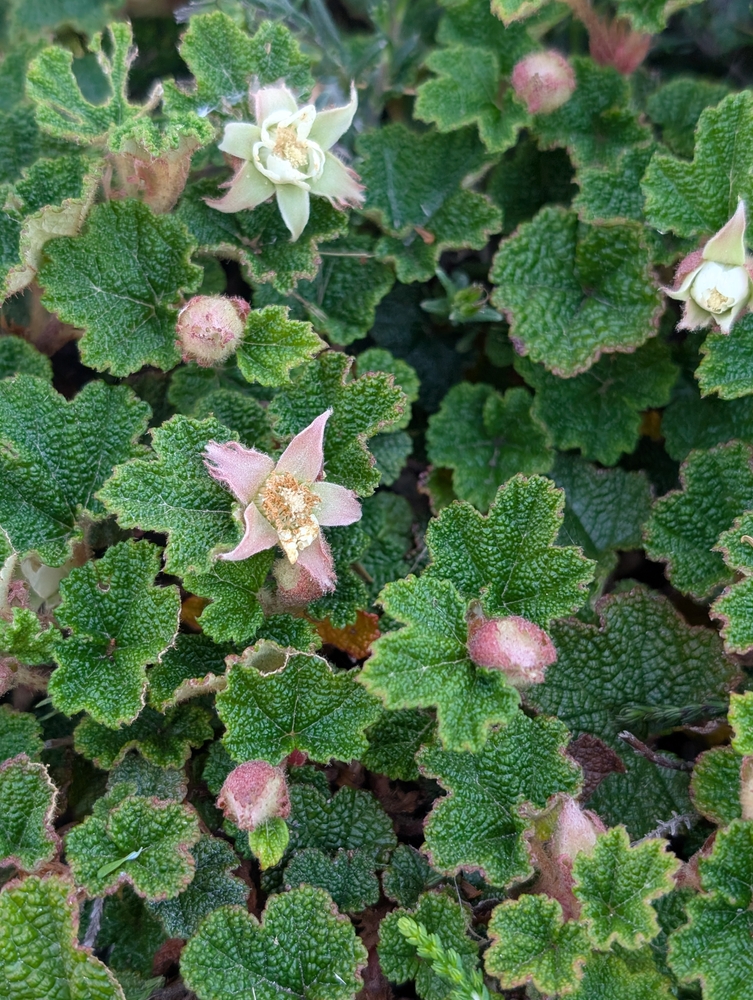
Creeping Raspberry is a ground cover that grows well on slopes, forming dense mats of foliage that help stabilize the soil. Its vigorous growth habit allows it to spread quickly, covering large areas and preventing soil erosion. The plant’s root system is dense and fibrous, helping to anchor the soil even in steep or loose terrains. Creeping Raspberry is also drought-tolerant, making it a reliable option for slopes in need of erosion control.
In addition to its practical benefits, Creeping Raspberry produces small, edible fruits that add to its appeal. The plant is well-suited to various soil conditions and is easy to care for, making it a low-maintenance solution for erosion prevention. Its spreading nature and ability to withstand challenging conditions make it an excellent choice for controlling erosion on slopes.
Lamb’s Ear (Stachys byzantina)
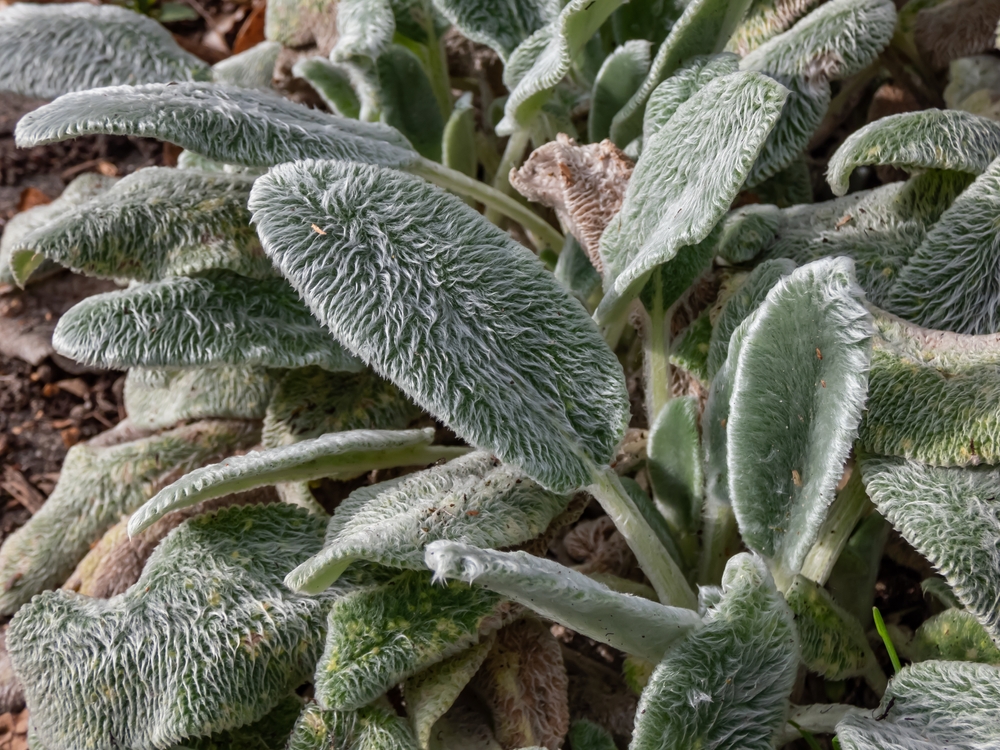
Lamb’s Ear is a perennial that forms a dense mat of soft, silvery-gray foliage, making it a great option for slopes. The plant’s thick, velvety leaves help to slow down water runoff, reducing the risk of soil erosion. Lamb’s Ear also has a strong, fibrous root system that firmly anchors the plant into the ground, preventing soil loss on slopes.
This plant thrives in dry, well-drained soils and is well-suited to slopes that do not receive much water. Its low-growing habit helps it to spread quickly and cover the ground, offering natural erosion control. Additionally, Lamb’s Ear produces small purple flowers that attract pollinators, adding a touch of beauty to any landscape while helping to maintain soil stability.
Bittercress (Cardamine hirsuta)
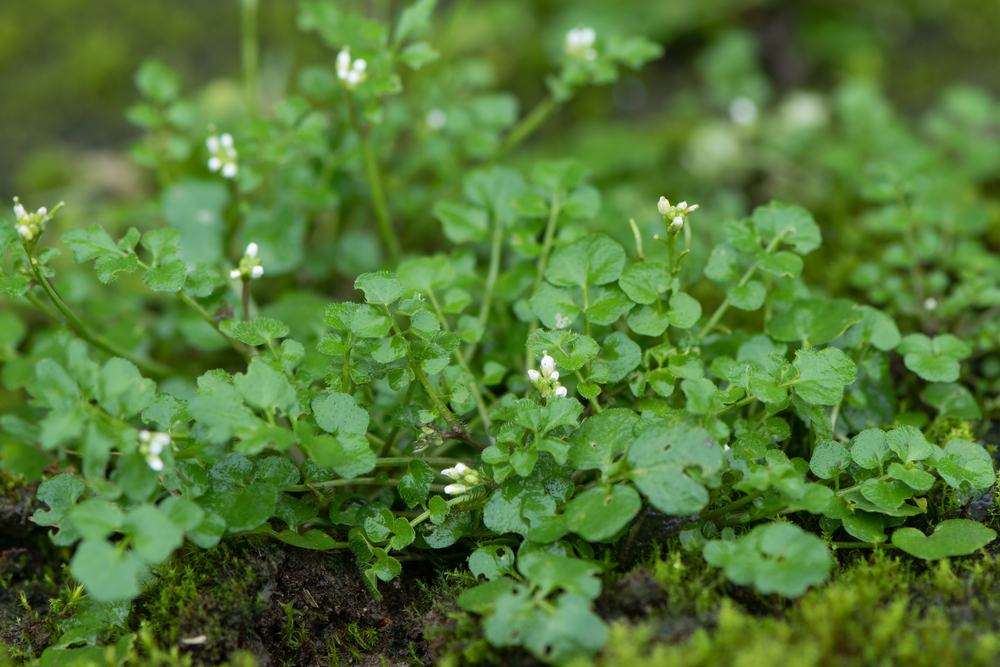
Bittercress is a hardy ground cover that thrives in both sun and shade, making it an ideal choice for slopes with varying light conditions. Its fast-growing nature allows it to cover large areas quickly, and its dense root system helps stabilize the soil. Bittercress’ spreading growth habit helps to protect the soil from erosion caused by wind and rain, making it particularly effective on slopes prone to soil loss.
In addition to its erosion-control properties, Bittercress is easy to grow and maintain. The plant forms a thick carpet of leaves and small white flowers, which not only add visual appeal but also attract beneficial pollinators. Its fast growth and ability to spread quickly make it a valuable plant for slopes needing immediate erosion control.
This article originally appeared on Avocadu.
